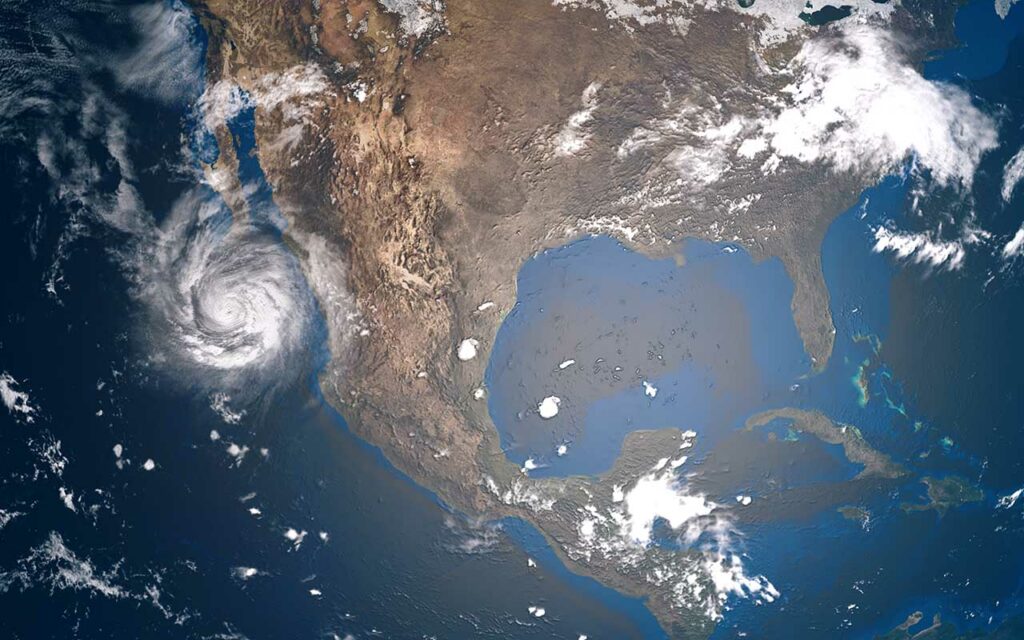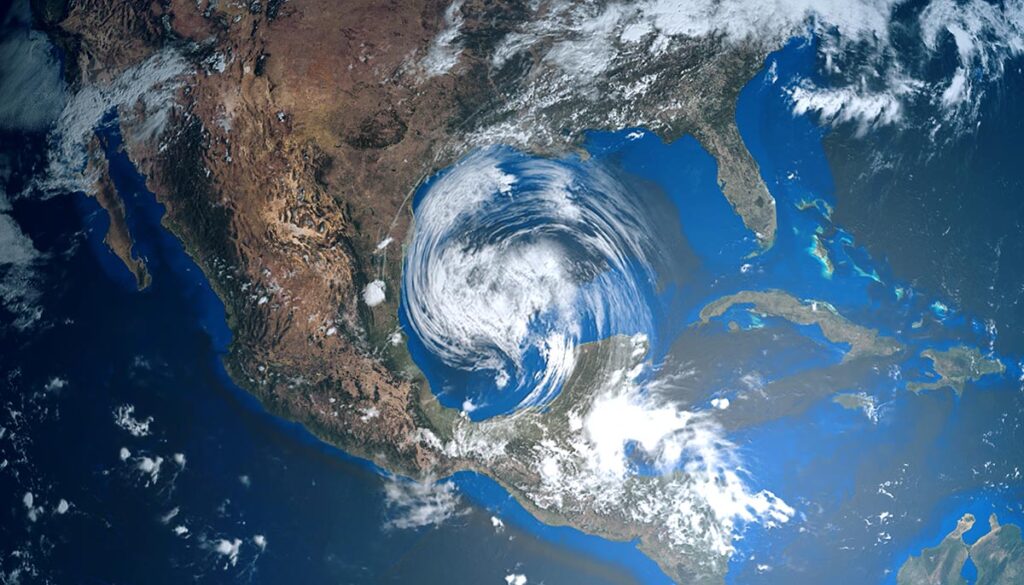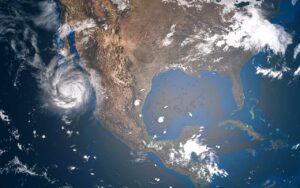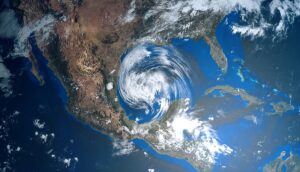A rare planetary alignment of Jupiter, Venus, Mars, and Saturn began on April 17, with optimum viewing starting on April 20, and the moon will join the lineup by April 23. Here’s how to get the best view.
4 planets aligning in April
Three of the four planets began to line up at the beginning of April, initiated by Venus, Mars, and Saturn, according to NASA.
But Jupiter joined the picture on April 17, 2022, creating a rare planetary alignment of Saturn, Mars, Venus, and Jupiter appearing diagonally in the pre-dawn sky. This alignment will not occur again until 2040, and then not again until 2854, according to Starwalk.space.
Where to look
This quartet will be the most visible on the morning of April 20, close to the rising Sun in the South-East. As sunrise creeps earlier, it’s best to view the alignment sooner rather than later, earth.com reported.
The moon will join the alignment on April 23
On April 23, the moon will join the alignment of the four planets to make five. These five heavenly bodies will be visible to the naked eye, but if you have a telescope, you can also see Neptune within the alignment, according to Petapixel.
The best viewing will be in the pre-dawn hours, looking toward the southeast. From East to West and from low to high in the sky, you will view Jupiter, Venus, Mars, Saturn, and a bit farther to the west, the moon.
On April 26, the moon will move down closer to the level of Jupiter and Venus as it forms a distinct crescent shape. By April 29, the moon will disappear below the horizon line, leaving the four planets aligning alone again.
NASA posted a sky chart showing the close conjunction of Venus and Jupiter that will occur about 45 minutes before sunrise on April 30, looking southeast. Jupiter will be very close to Venus, looking toward the east and moving slightly west Mars is visible, continuing to look west Saturn will be above.
Visibility will continue through May
The alignments of the four planets will continue to be visible through May.
The moon will disappear from the alignment as we move into the first part of it may, but will return by May 21, then slowly slide below the four planets again.
Vesta visible
If you have a telescope, the asteroid Vesta, one of the largest in the asteroid belt, will also be present through many of these appearances from April through May. Vesta will appear above and to the right of Saturn in April, then will fall to the left of the ringed planet by May.









